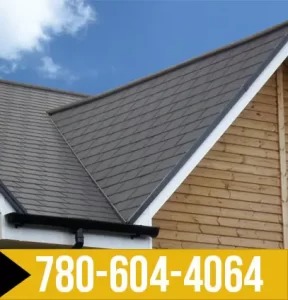Roof leaks are one of the most common and frustrating problems homeowners face. But How To Prevent Roof Leaks Before They Start? Even a small leak can lead to major water damage, mold growth, and costly repairs if not addressed early. The best way to protect your home is to prevent leaks before they start. With proper maintenance, timely inspections, and smart preventive measures, you can keep your roof strong, watertight, and long-lasting for years to come.
Schedule Regular Roof Inspections
One of the most effective ways to prevent leaks is through routine roof inspections. A professional roofer can spot potential problems that might go unnoticed, such as cracked shingles, loose flashing, or clogged gutters.
Ideally, your roof should be inspected at least twice a year—once in the spring and again in the fall. Inspections after major storms are also important, as strong winds, hail, and heavy rain can loosen shingles or damage roof materials. Early detection allows you to fix small issues before they turn into expensive leaks.
Keep Gutters and Downspouts Clean
Clogged gutters are a major cause of roof leaks. When debris such as leaves and dirt build up, water cannot flow properly off the roof. Instead, it pools and seeps under shingles, leading to leaks and structural damage.
To avoid this, clean your gutters and downspouts regularly, especially after storms or during the fall season when leaves are most likely to accumulate. Installing gutter guards can also help minimize maintenance and keep water flowing freely away from your home’s foundation.
Maintain Roof Flashing and Seals
Flashing is the thin metal material installed around chimneys, skylights, vents, and roof valleys to direct water away from joints and seams. Over time, flashing can corrode, crack, or become loose, creating an entry point for water.
Check these areas during inspections and reseal or replace damaged flashing as needed. Using high-quality sealants around roof penetrations can further strengthen your roof’s resistance to leaks.
Replace Damaged or Missing Shingles
Even a single missing or broken shingle can compromise your roof’s waterproofing. Shingles protect the underlying layers from rain and UV rays, so when they’re damaged, water can quickly seep through.
After storms or high winds, inspect your roof from the ground using binoculars or hire a professional to assess it safely. Replacing damaged shingles promptly is one of the simplest yet most effective steps to prevent leaks before they develop.
Ensure Proper Roof Ventilation
Poor roof ventilation can trap heat and moisture in the attic, which leads to condensation and structural weakening. Over time, this trapped moisture can damage insulation and roofing materials, increasing the risk of leaks.
Installing proper roof vents allows air to circulate, keeping your attic cool and dry. Balanced ventilation not only prevents leaks but also extends your roof’s lifespan and improves your home’s energy efficiency.
Trim Overhanging Branches
Trees can enhance curb appeal, but overhanging branches pose a risk to your roof. During storms, they can scrape against shingles, dislodge tiles, or drop debris that clogs gutters. Trimming branches away from your roof minimizes these hazards and reduces the risk of physical damage and moisture buildup.
Conclusion
Preventing roof leaks before they start requires a proactive approach that includes regular maintenance, timely repairs, and attention to detail. By scheduling professional inspections, keeping gutters clean, maintaining flashing, and ensuring proper ventilation, homeowners can avoid costly water damage and extend the life of their roofs. A little preventive care goes a long way in keeping your home dry, protected, and structurally sound through every season. Visit the official website of a2zroofing.ca

